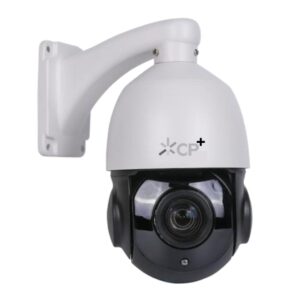The Impact of Artificial Intelligence on Healthcare
Revolutionizing Diagnostics and Treatment
Artificial intelligence (AI) has emerged as a transformative force in healthcare, revolutionizing diagnostics and treatment methods. Through the integration of machine learning algorithms and vast datasets, AI-powered systems can analyze medical images, genetic data, and patient records with unprecedented speed and accuracy. This capability has significantly enhanced the early detection of diseases such as cancer, enabling clinicians to intervene earlier and improve patient outcomes.
AI-driven diagnostic tools, such as image recognition software, have demonstrated remarkable proficiency in identifying abnormalities in medical scans like MRIs and CT scans. These systems can rapidly analyze images, flagging areas of concern for further review by radiologists, reducing the time and potential for human error in diagnosis. Moreover, AI algorithms can predict patient responses to different treatment regimens based on genetic profiles and historical data, enabling personalized medicine approaches that optimize therapeutic outcomes while minimizing adverse effects.
Enhancing Patient Care and Clinical Workflow
In addition to diagnostics, AI technologies are enhancing patient care and streamlining clinical workflows. Natural language processing (NLP) algorithms enable the extraction of valuable insights from unstructured clinical notes, allowing healthcare providers to quickly access relevant patient information and make more informed decisions. Virtual health assistants powered by AI offer personalized guidance to patients, addressing queries, scheduling appointments, and providing real-time monitoring of vital signs, thus improving patient engagement and adherence to treatment plans.
Furthermore, AI-driven predictive analytics tools are helping healthcare organizations anticipate patient needs and allocate resources more efficiently. By analyzing historical data and current trends, these systems can forecast patient admissions, optimize staffing levels, and even predict disease outbreaks, enabling proactive interventions to mitigate risks and improve population health.





Reviews
There are no reviews yet.